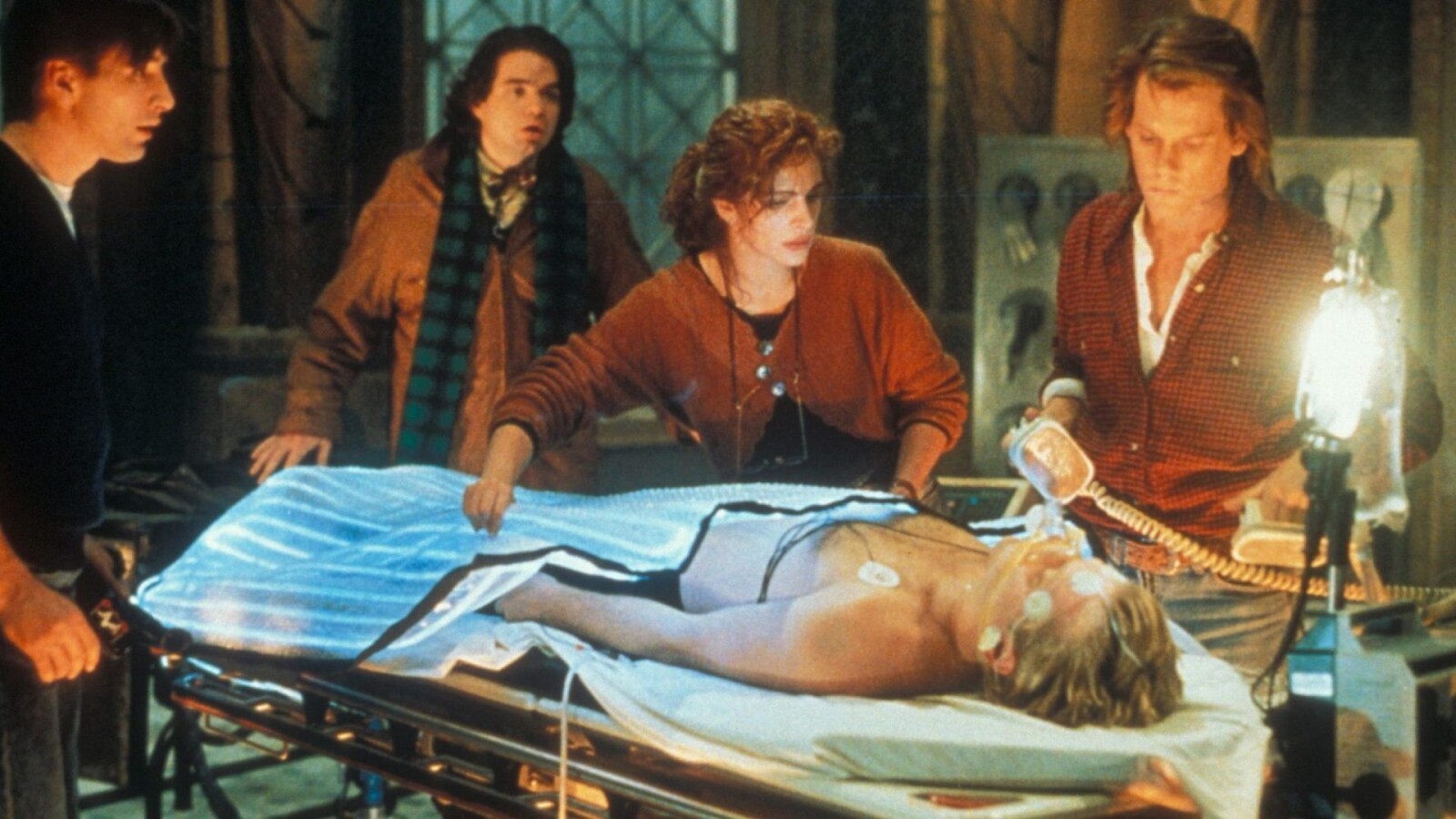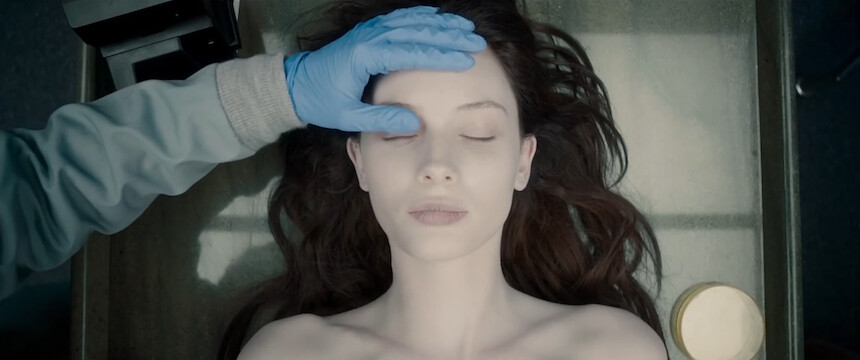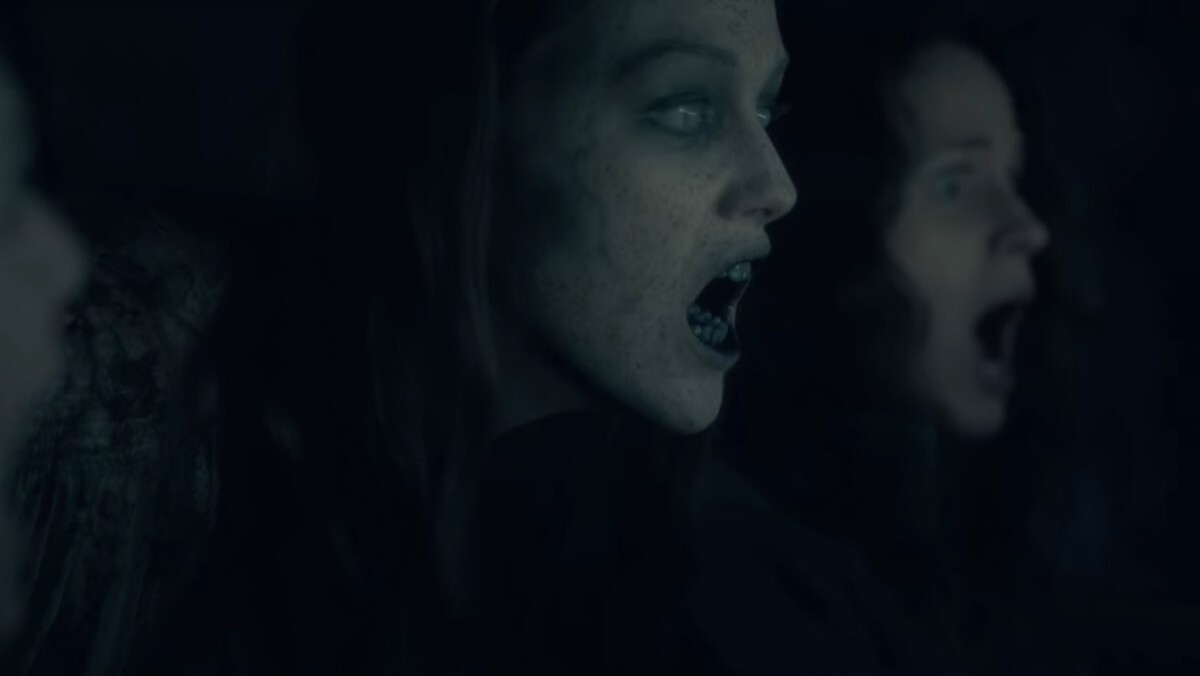5 Myths About Death We Believe Because Of Movies

Sure, we get that movies like to go for the dramatic and the macabre when it comes to the part in the story where someone needs to die, but some tropes have been so overused that they've become Super Tropes — reigning supreme in any and all death scenes involving them. You can't have a person in a movie flatline without electro-shocking them back to life — the Flatlining Super Trope just won't have that. Say goodbye to the idea of a movie actually showing how long it takes to strangle a person because movies just don't have the time to show us how hard it is (and also, no one really wants to see that).
The point is that these Super Tropes have ingrained themselves into our minds like little BS bugs and formed our ideas of what happens when we die and how it all works. So, let's debunk some of these movie tropes, shall we?
Flatlining In Movies Is The Work Of Pure Fantasy
Don't Miss
There's an entire movie based solely on this false medical myth that when a person flatlines, someone can just grab those defibrillator paddles and shock the person's dead heart back to life. Easy peasy, everyone's an effin expert.
That movie, mind you, is a remake of the 1990 Flatliners starring everyone from Kiefer Sutherland to Kevin Bacon because this myth has been regurgitated over and over in every dramatic movie hospital scene and every other episode of every show that is like Grey’s Anatomy, since forever.

Columbia Pictures
Only, you cannot restart a heart by sending electric shocks through it. See, a defibrillator can be used to get the heart to beat normally, as long as there is actual electrical activity inside said heart. … which there isn’t in someone who’s flatlined. Flatlining — as in the actual flat line shown on the ECG machine — literally means that there's no electricity in the heart.
The best thing paramedics and doctors can do is to give a patient CPR and a dose of adrenaline and hope for the best. There’s a reason why during the COVID-19 pandemic and while under the strain of their wards overflowing with patients, hospitals had to turn away people who flatlined. There isn’t much a doctor can do for you that a paramedic can’t and that point.
But, you know, they have to give the actors something to do in those hospital scenes. Having them rub some foam paddles and yell “Clear!” at least once is as dramatically effective as George Clooney’s pout in ER.
It’s Insanely Hard To Strangle Someone
While none of us have any desire to watch a strangulation that lasts anything more than a minute, the reality is that it’s an excruciating task as much as it's an excruciatingly prolonged death. Which, when you know all that, makes it kinda funny how easy they made it look taking out big guy Luca Brasi in The Godfather.
It could take up to a minute for a person to start losing consciousness, but that doesn’t mean they’re dead yet. That part takes some time, and the whole act requires a considerable amount of strength from the person doing the strangling.
There are different ways in which strangled people die. One cause could be a stroke, brought on by the tearing of arteries in the neck that then seeps into the arterial wall. The common cause of death during strangulation is asphyxiation — the loss of oxygen that leads to suffocation. A blockage of the jugular vein can cause blood buildup in the brain. Or, if none of that happens, a person can die of a heart attack. When pressure is applied to the internal carotid arteries in the neck, it can cause cardiac arrhythmia — an irregular heartbeat that can lead to cardiac arrest.
And that’s if anything kills a strangulation victim at all because it can take a good 4 to 5 minutes for any of these causes to provide the final, fatal blow. On top of that, it should be noted that in real life, murder by strangulation is a very specific act and often sexually motivated. Which, again, makes Brasi’s death up there so weird, you guys.
Burning Happens Slower (If At All)
As fun as it was watching Amber all but spontaneously combust at the touch of a stove flame in Scream 5, that's just not how people are set on fire or how we humans burn. Even if she could somehow instantly catch fire — perhaps by first frolicking around inside a pool filled with vodka — it would definitely take her longer than five seconds of screaming before succumbing to those flames. Even The Thing in The Thing took longer before dropping to its knees.

Universal Pictures
See, we humans have a lot of water in our bodies, so we're just not that flammable. This is why it takes around 1600 degrees Fahrenheit (871 Celsius) for about two hours (sometimes more) to cremate a person. It's our clothes that catch fire first, and from there, the fire will burn steady and slowly. The real problem begins when the fire starts turning our fat — a great fuel source for fire — into liquid, and that liquid seeps onto our clothes, basically turning us into human grease candles. Yeah, it's pretty horrific and actually a lot worse than the movies show it. Medical experts literally call it "the wick effect," and an episode of Bones even covered the phenomenon as a perfectly good explanation for people who appear to have "spontaneously combusted."
In any case, you'll most likely choke to death from all the smoke long before your body starts burning like bacon in an oven lined with grease. Which means, of course, that our boy Nicolas Cage probably had a merciful end in that movie about bees and stuff.

Warner Bros. Pictures
Dead People Don’t Look Like Themselves, Fast
Whether it’s because filmmakers don’t know any better, or there is some clause in actors’ contracts stating that they may not have their skins sagging at certain angles or something, actors just never look like they're actually dead on screen. They look like themselves, maybe a shade or so lighter on the lips and cheekbones. In real life, dead people don’t look like themselves anymore, and we’re not just talking about the blue effect of rigor mortis — we’re talking about a physical change that looks more like someone punched them so hard they broke every bone in their face, only to smoosh those bones back together again, somehow.

The Dead Center, Amazon Prime
The moment we die, our muscles start relaxing immediately. In the medical field they call this state “primary flaccidity.” Our eyelids loosen, our jaws often fall open, and every joint in our bodies goes slack, relieving itself of any and all tension. This complete lack of tension in our joints and muscles quickly leads to our skin sagging — this is why dead people often look so bony as the skin simply falls back — and it only takes a couple of minutes after the heart has stopped for pallor mortis to set in and drain the blood from the skin’s veins, leaving us looking so deathly pale.

The Autopsy of Jane Doe, IFC Films
It sounds quite efficient, to be honest. Of course, after a couple of hours rigor mortis sets in, and God help anyone who then has to deal with the guy who had a heart attack while in his sex swing.
And speaking of the body going into full relaxation mode …
Dead People Fart Through Their Mouths
Yes, you read that correctly. Not only do the dead relieve themselves completely when those muscles and limbs start relaxing — scenes with dead people in movies are much grosser than they make them — but they also end up producing extremely rancid breath that smells much like an unfortunate restroom stall in a Chipotle.

The science explains that when you die, your immune cells obviously stop working. This will lead to bacteria in your gut moving into your bloodstream and having an absolute party gnawing on your blood and tissue as they assist your body in the decomposition phase. These bacterial critters are the ones doing the actual farting, eating away at you and releasing their own gross gas that then goes and sits in your stomach. If there’s any pressure or any movement of your dead body, that gas gets released either out your butt or through that slack-jawed mouth of yours.
And it absolutely smells. Doctors say it smells like a mix between flatulence, vomit, and decomposition. Lovely. This, of course, all proves that absolutely none of us will ever, truly, “die with dignity.”
Zanandi is on social media here and also here.
Thumbnail: Warner Bros. Pictures